Easy Science Experiments Ideas for Sixth Graders
Looking for some fun elementary science experiments you can do in the classroom that will wow your students? Getting hands-on with science and creating projects that are doable in a classroom setting but also have an element of "cool" are the Teach Starter team's favorite way to get our students hooked on science.
So we put together some of our very favorite simple science experiments for kids to try out in your classroom! From making an eggshell disappear for a chemistry lesson to showing off the capillary action of flowers for biology, these science experiment ideas will be a sure hit in your classroom!
Simple Elementary Science Experiments
We have developed a series of simple elementary science experiments that are perfect for the busy teacher! Bonus: All of these fun experiments are simple to do and use everyday items.
Science Experiment: Make an Eggshell Disappear
This fun classroom science experiment falls under seriously simple — all you need is some white vinegar, a raw egg, and a glass jar for a chemistry lesson! Your students will learn all about the chemical reaction that occurs when you put an egg into vinegar and leave it overnight. This chemical reaction makes the egg shell disappear but will leave the rubbery membrane, keeping the egg intact.
For a simple description of the chemistry involved, the equipment required, the method and further questioning for your students, download our Make an Eggshell Disappear – Science Experiment Booklet.
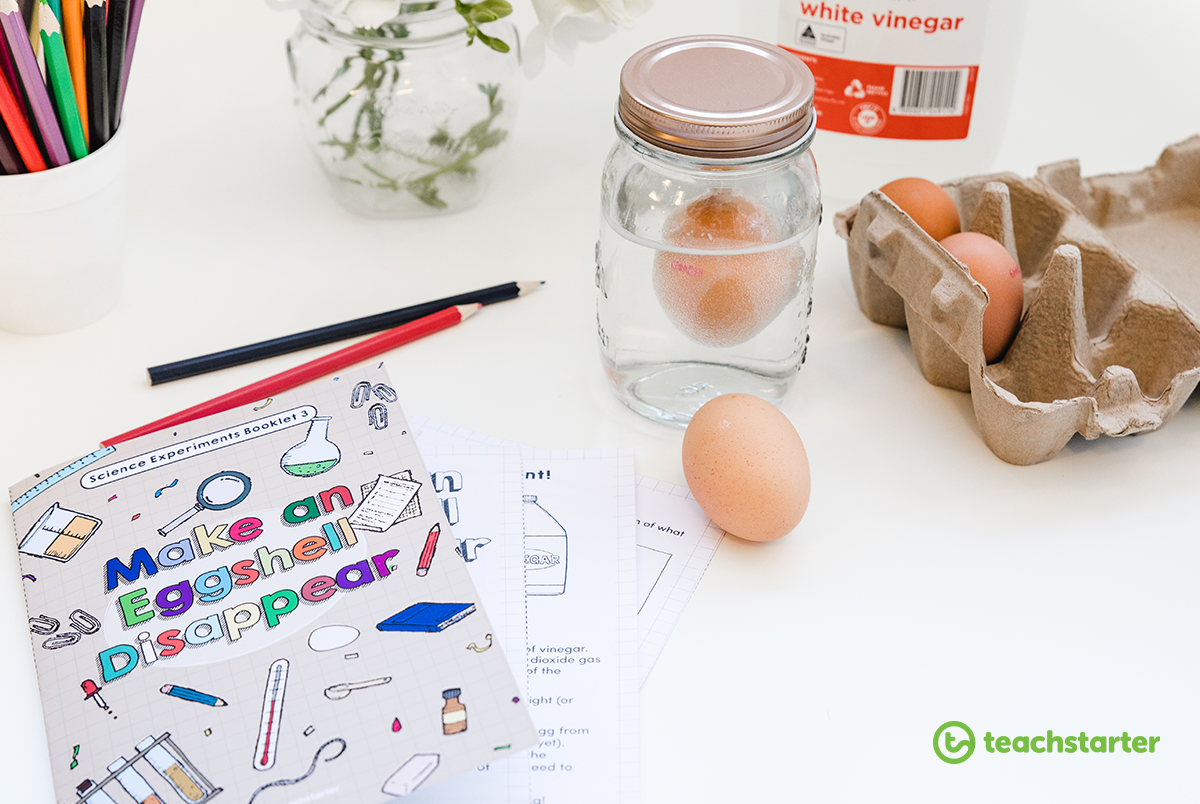
Science Experiment: Make a Rainbow with Water
Everyone loves a rainbow! Students learn all about density in this physics science experiment. They will use different measurements of sugar to create a variety of densities of colored water. Eventually, they will be able to layer water on top of the water, creating a rainbow tower. Sounds like fun, hey?
Again this experiment only requires water, food coloring, sugar, and some different glass jars! To read all about it, download our Rainbow Water Density Tower – Science Experiment Booklet.
Science Experiment: Capillary Action of Water in Flowers (Biology)
This is always a class favorite! Students learn about how water gets from the bottom of a flower stem all the way to the petals by putting them into colored water!
Download our Capillary Action of Water in Flowers – Science Experiment Booklet. In our 'Take it Further' section of the science booklet, get students to research early botanists.
Science Experiment: Rainbow Bubble Snake
Create a fun, colorful serpent with some simple ingredients for a science experiment that will leave kids giggling!
All you need is:
- Empty plastic bottle
- Dishwashing liquid
- Old sock
- Rubber band
- Food coloring
- A dish of water
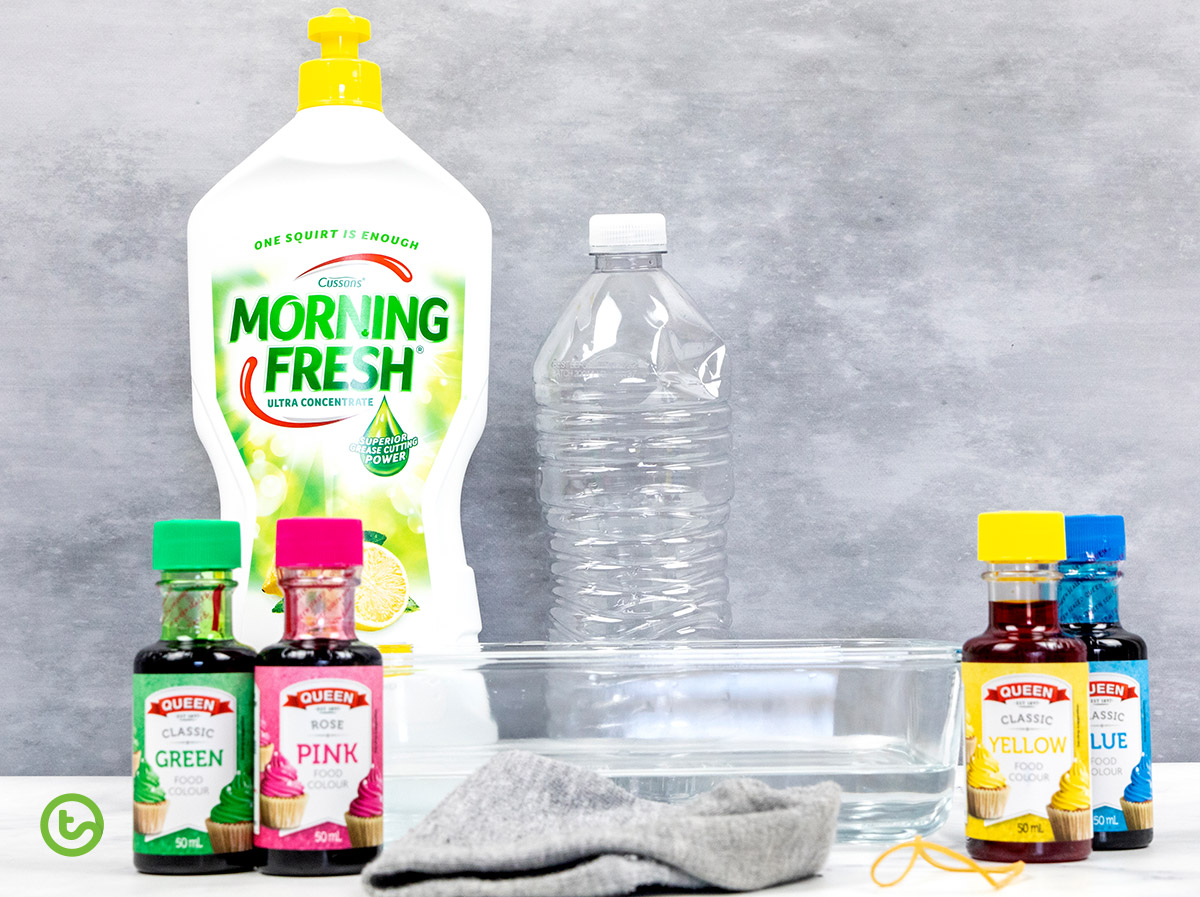
- Make the bubble solution by adding water into a shallow dish and adding a few squirts of dishwashing liquid.
- Make the snake by carefully cutting the bottom of the bottle (adults will need to help). Then, place the sock over the end of the bottle and place a rubber band over it to secure it in place
- Wet the sock end with some of the bubble solution, then add a few drops of food coloring on to the end – the more colors, the more colorful!
- Finally, dip the sock end in the bubble solution one more time, and blow through the other end of the bottle. Your rainbow serpent will start to grow…
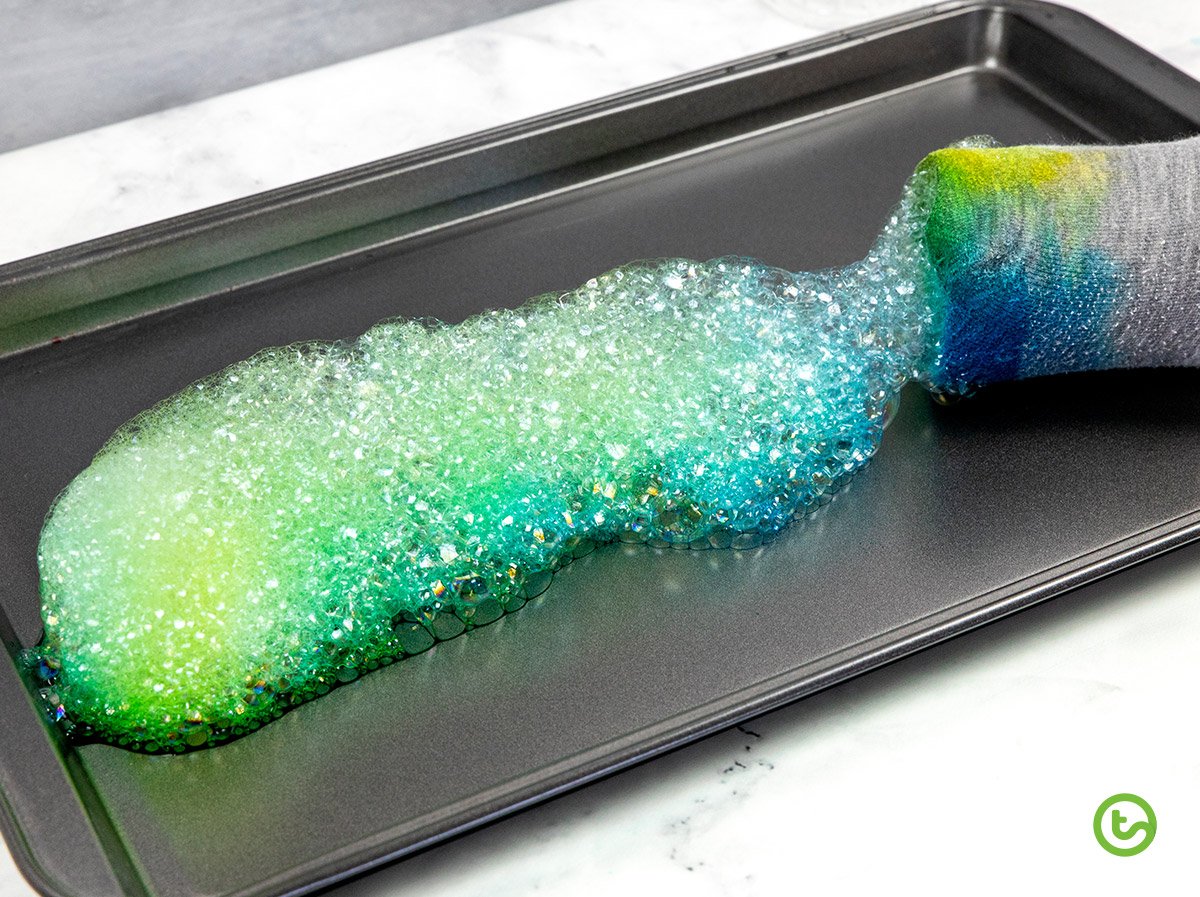
The hydrogen atoms in one water molecule are attracted to the oxygen atoms in the other water molecules, making the bubbles attach to each other when they come out of the sock fabric. The bubbles are forming because of the air being blown into the soap solution. The air is getting trapped under the surface of the flexible soap skin, stretching it into a sphere shape.
Make it a fair test by changing one variable, such as the material or perhaps a different-sized bottle.
Science Experiment: Create a Lava Lamp Science Activity
This simple science experiment for elementary students is an oldie but a goodie!
All you need is:
- Two glasses
- Vegetable oil
- Water
- Food coloring
- Alka-Seltzer tablets
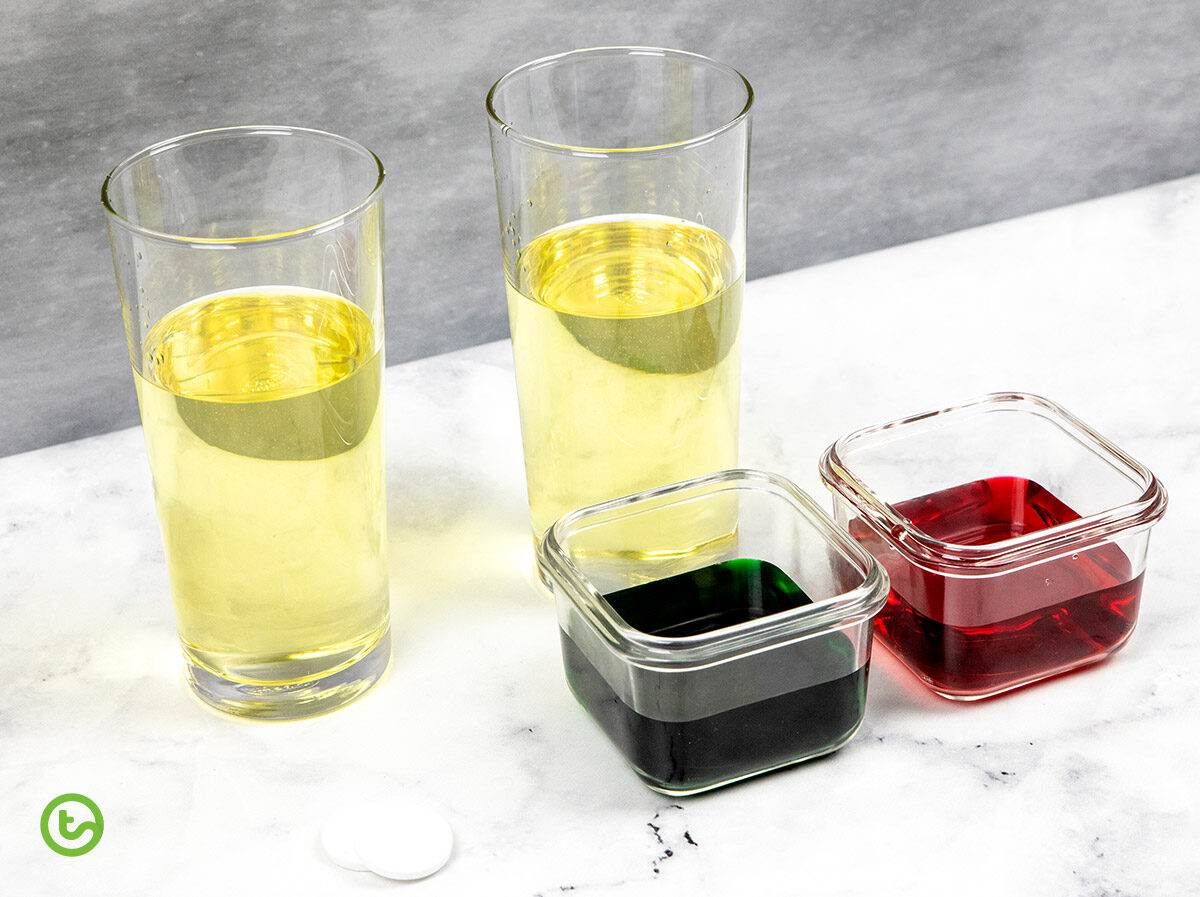
- First, mix half a cup of water with some drops of food coloring. You can make two different batches with different colors if you wish to make more than one lava lamp.
- Then, fill a glass 3/4 full with vegetable oil. Pour some of the colored mixture into the oil, being careful not to fill the glass too much.
- Add one Alka-seltzer tablet and watch the chemical reaction…
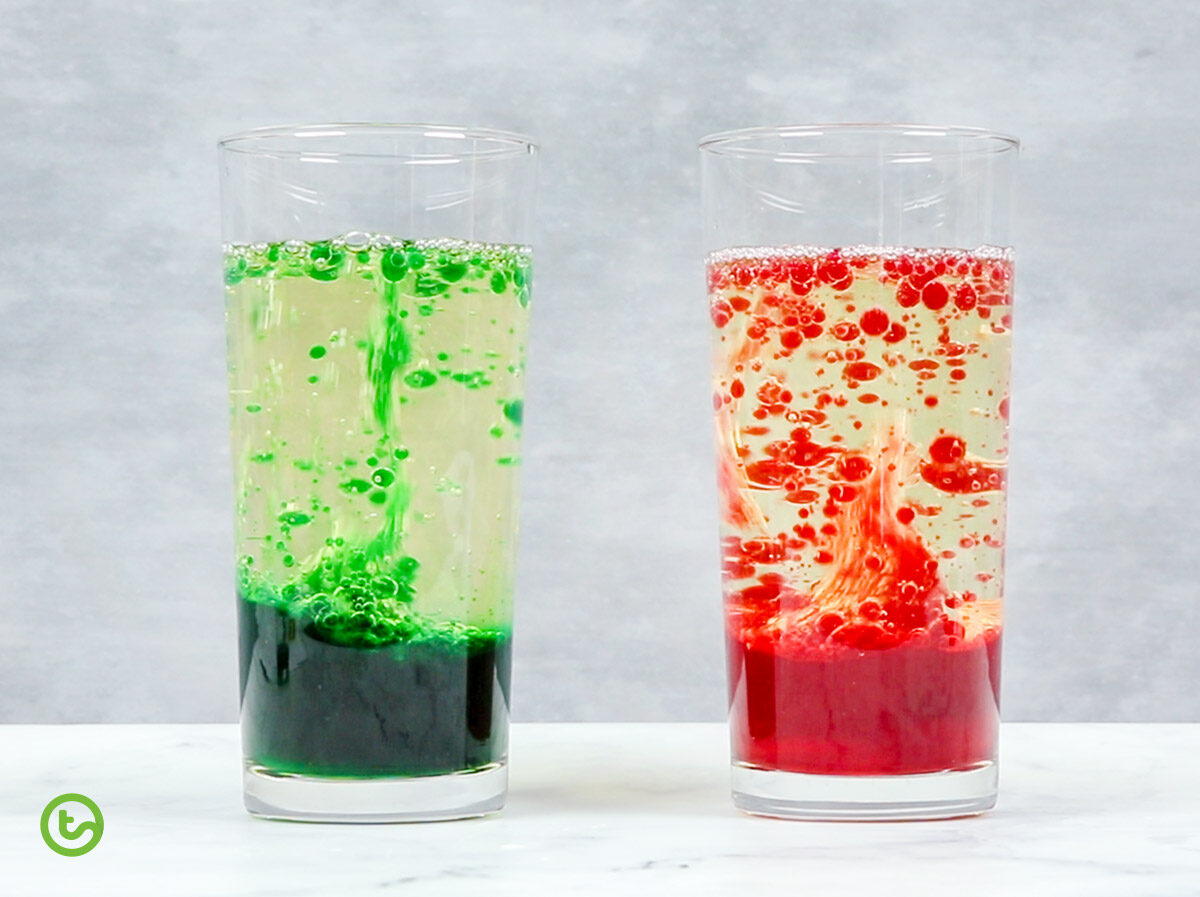
The Alka-seltzer tablets react with the water to produce carbon dioxide gas bubbles! These stick to the water droplets. The water and gas combo is less dense than the oil, so they rise to the top of the glass!
Make this a fair test by changing the amount of Alka-seltzer added. One glass you can add one tablet, another can have two tablets and another can have three. What happens?
Science Experiment: Refraction of Light Science Activity
File this science experiment for kids under SUPER simple. And seriously, we mean super!
All you need is:
- Glass of water
- Paper
- Pen

Draw something on a piece of paper. An arrow is a great visual to start this science activity, as it is obvious what happens when you put the glass of water in front of the drawn arrow. But, you don't have to limit it to arrows. Get creative and draw anything you would like to see through the glass.
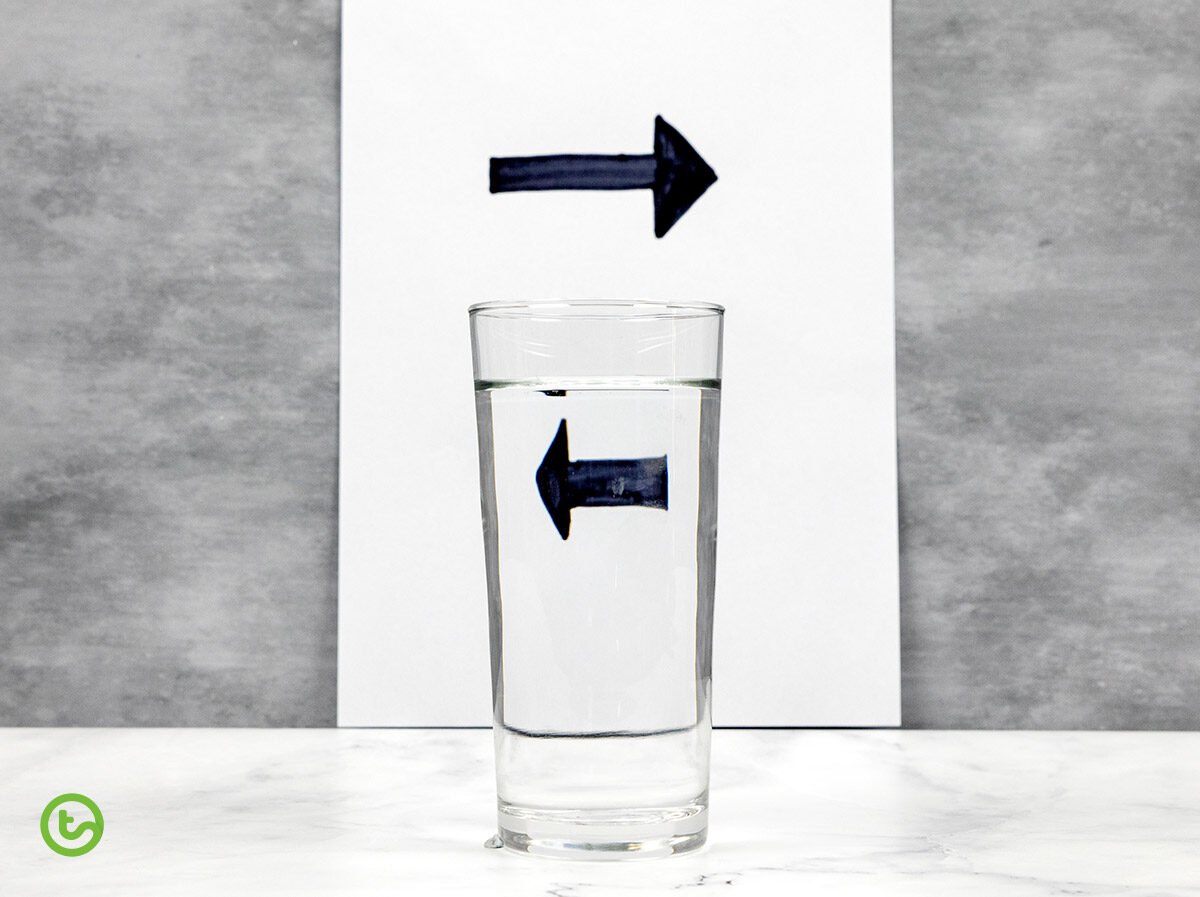
When the light is passing through the glass of water, it refracts or bends. The glass of water acts as a cylindrical convex lens and produces an inverted image.
Create a fair test by changing one variable. What happens if you change the size of the glass. Or what if you change the liquid variable? Does it change the result?
Check out our collection of science resources for more science experiments and science teaching resources.
Source: https://www.teachstarter.com/us/blog/simple-fun-elementary-science-experiments/

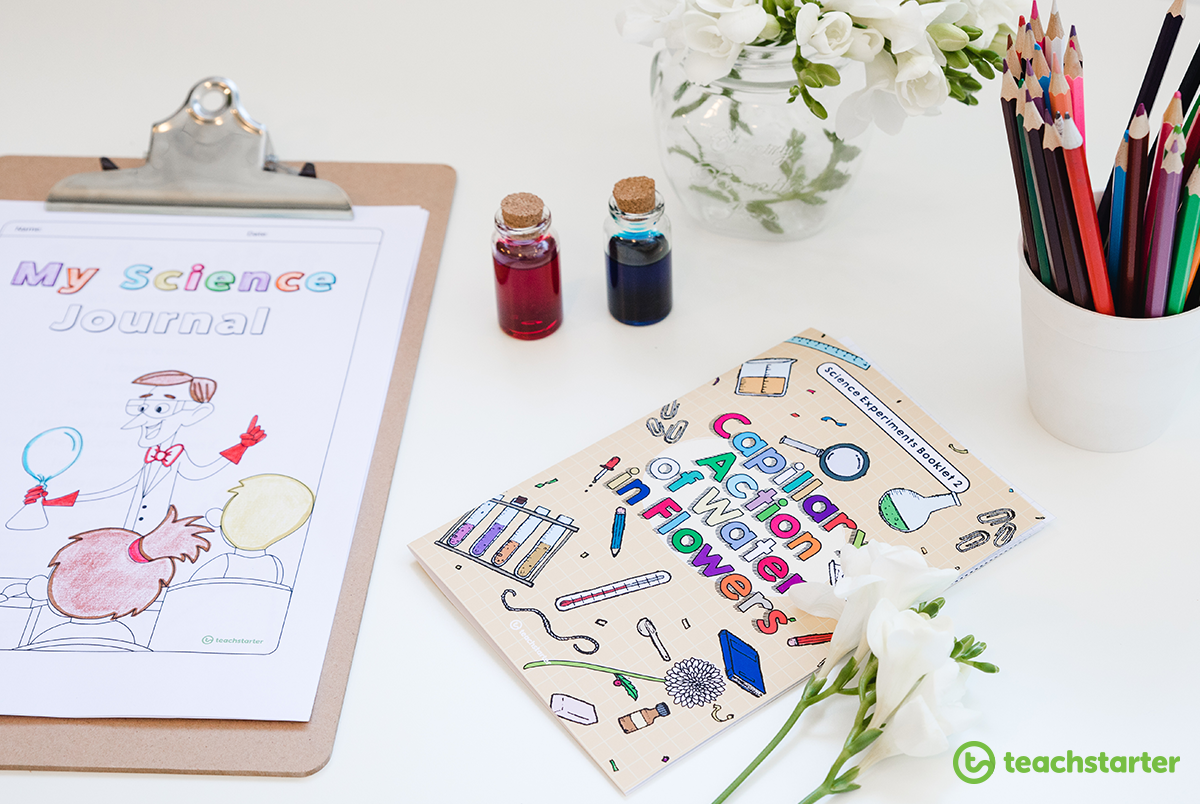
0 Response to "Easy Science Experiments Ideas for Sixth Graders"
Post a Comment